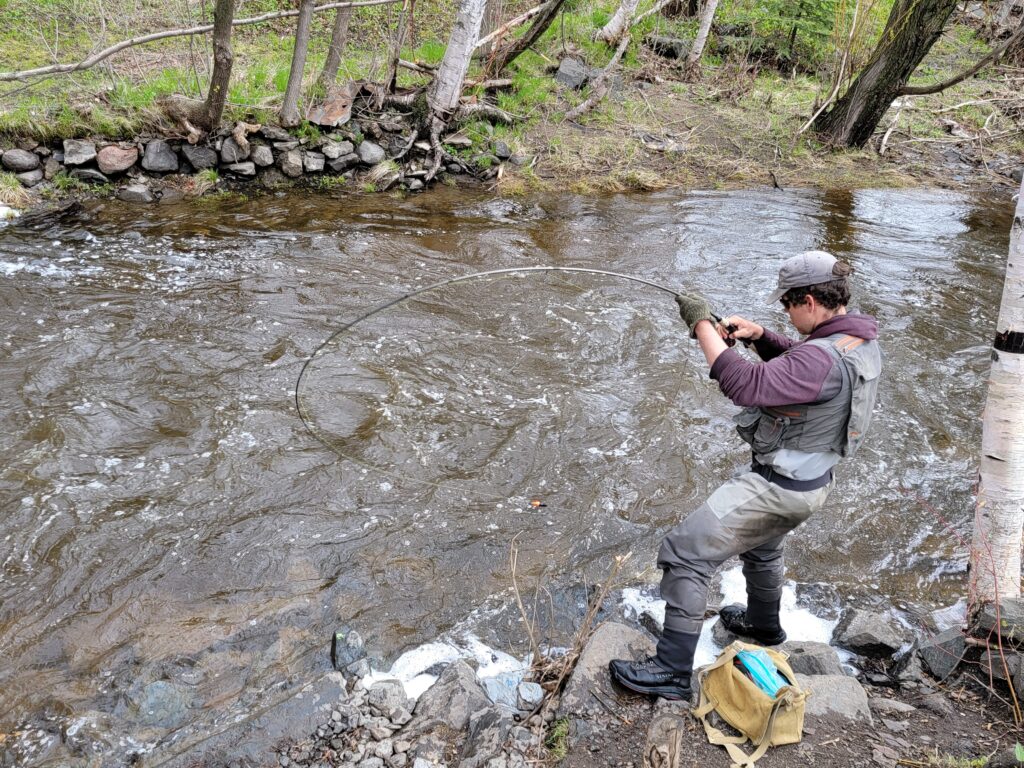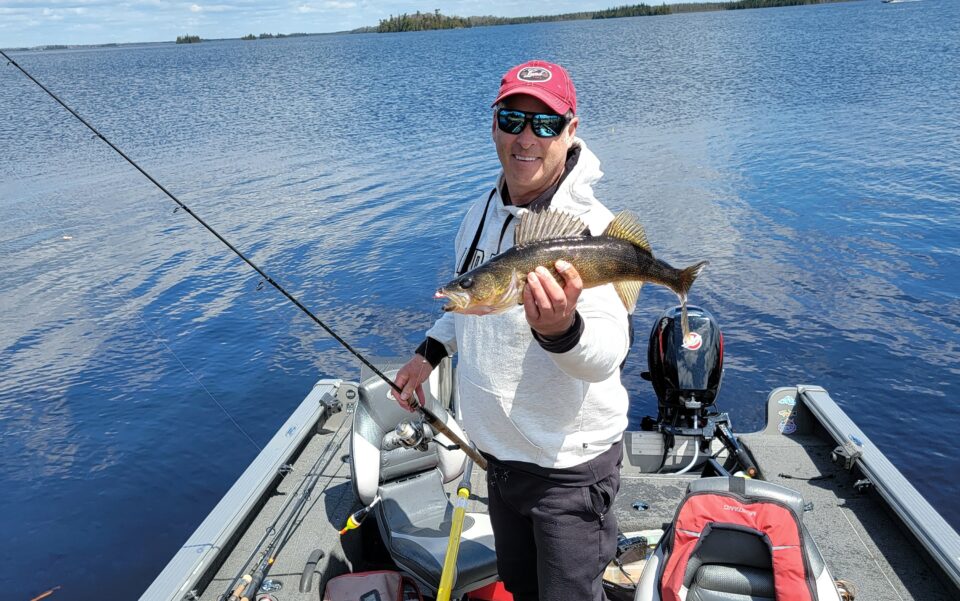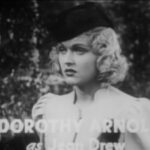Fishing with a float or slip bobber is a classic and deadly way to angle. The great thing about the two techniques is they really level the playing field when it comes to detecting a bite. With a float or bobber, you don’t have to feel the bite, because you can see it. When the bobber is down, you are likely getting bit.
Spring is a great time to enlist both slip bobbers and fixed floats into your fishing. Here are two prime methods.
Slip Bobber Walleye
The idea of using a bobber for walleye may draw a snicker from some folks, but there are times when it will take more fish than any other technique. It requires patience, but there is something very exciting about seeing that pear-shaped bobber slip under the surface. That excitement is true for young and old alike, but it’s a great way to get kids into fishing as it is so visual.
This set up requires a slip bobber (the line runs through it) and a “stop” that keeps the bobber at a specific depth. To set the depth, simply slide a bobber stop up the main line the same distance as you want your bait to hang below the surface. The stop is where the bobber will be. There are different types of stops including neoprene beads that slip on the line, and pieces of thread that knot on the line. I’ve used knotted up rubber bands as well. The stop should be firm but still able to slide somewhat freely. A plastic bead can go on the line before the slip bobber to cushion it from the stop. The main line is then threaded through the hollow centre of the slip bobber. Finally, the hook is attached, and a bit of weight is added. Adjust where you want the float to sit by moving the stop up the line. Use enough weight—or a lead head jig—so that it will cock the bobber. If it is lying sideways on the water, you need more weight. A live minnow, worm, or leech on a #6 Octopus hook or jighead will do the bait delivery job well.

You can fish a slip bobber from boat or shore. Generally, an anchored boat works better than a moving one, as you can let the float drift with the current or wind, and keep a close eye on it. From shore, you will want to be able to reach a decent depth without making too much of a cast. Shore fishing a river mouth works well as the current takes the float and bait to the fish.
When you get a bite and the float slips under water, wait a few seconds, then gently reel and increase pressure on your line until you feel weight. Then, set the hook. The bobber creates an angle between you and the walleye, so there will be slack line if you attempt to set the hook without reeling it tight. A longer spinning rod is best for taking up slack and sinking the hook.
Fixed Float Trout
The fixed float is different from the slip bobber in that it is “fixed” to the line. This makes it more sensitive to bites from steelhead and trout in cold water. Where the slip bobber is moving on the line, the fixed float is stuck to the line using either a neoprene or rubber sleeve that the line goes through. The pointy ends of the float go in the sleeves and the line is snugged up. You can then move the float up and down the line to adjust it. To adjust how the float runs, you set up your leader, sinker, and hook in such a way that they are running just off the bottom. This is critical, especially when you are using the float in a river where snags are more common and there is a current. There will be some trial and error with a fixed float, and it can be frustrating to lose them to snags.
Fixed floats tend to be narrower and ride higher in the water. They are often more colourful as well, so they’re easier to see in fast moving water. Typically, fixed floats are used by steelhead anglers in the springtime in long pools and runs. The float and bait are cast upstream and then the angler lets the float go down stream, watching it for any movement on the float.
One key element when fishing a fixed float is to keep your line tight so that when the float goes under you can set the hook quickly. Line control is key and is one of the reasons some float anglers use what are called center pin reels. These types of reels allow line to play out smoothly down the river.

Fixed floats come in all sorts of different sizes and this allows the angler to use more or less weight, depending on the situation. Typically, the weight used for fixed floats is split shot. Proper weight is especially critical in currents because you want to have your roe bag or fly down near the bottom.
Fixed floats can also be used in lakes, especially for brook trout that might be hanging off a beaver house or near the face of a beaver dam. Adjust the float so that the bait is just off the bottom or halfway up. If the float is lying sideways on the water, you have too much line under it. A live minnow or worm hung off a fixed float is strong medicine for brook trout in lakes.
The final thing I’ll mention is that you can switch these techniques around. There are times you can use a slip bobber for steelhead and trout, or a fixed float for walleye. Different fishing situations may require a slightly different presentation. But perfect these two techniques, and no fish will be safe.





